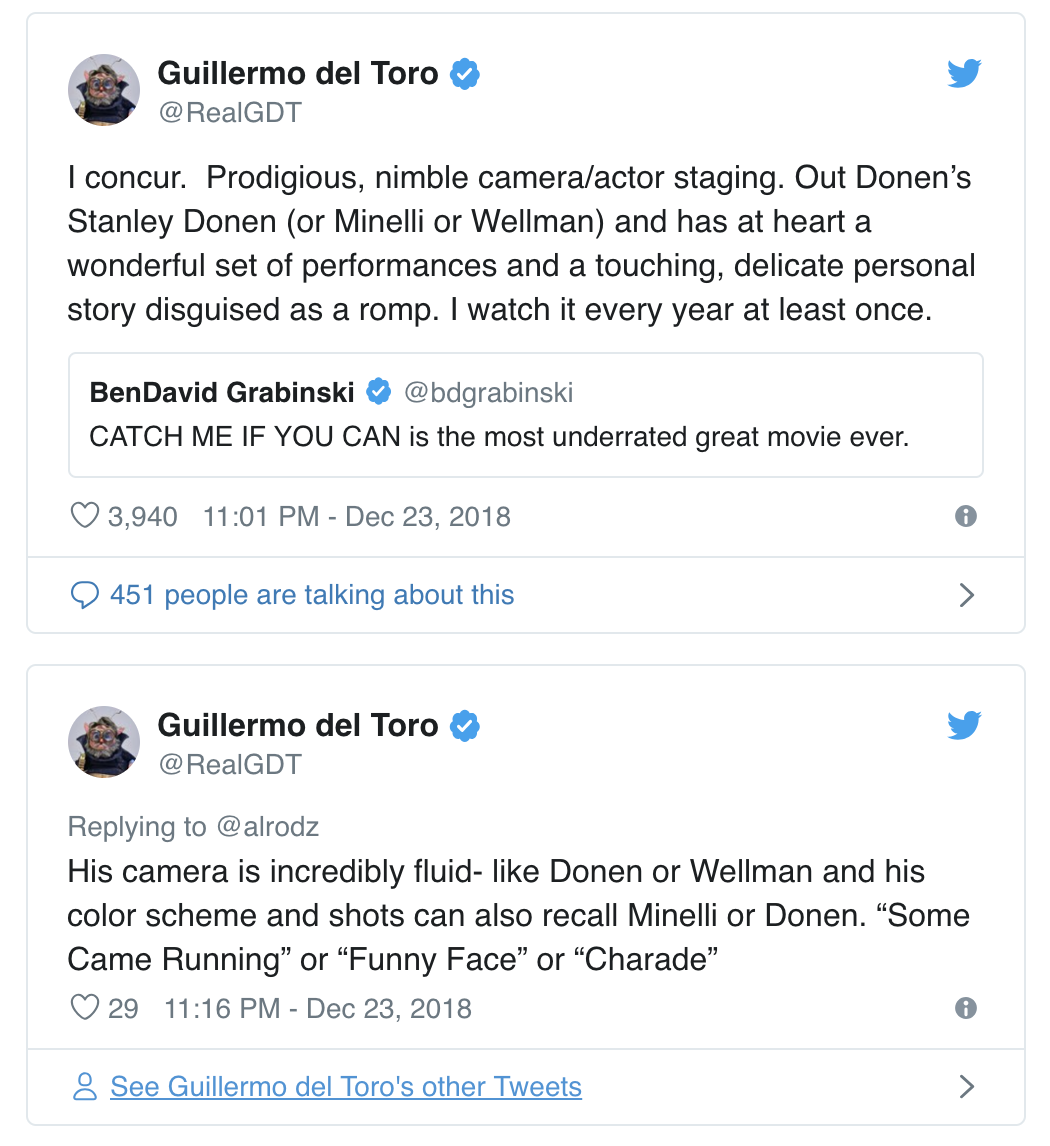Animation, as anyone who has ever tried their hand at it knows, takes a great deal of time. The King and the Mockingbird (Le Roi et l’Oiseau), for example, required more than thirty years, a journey lengthened by much more than just the laboriousness of bringing hand-drawn images to life. But it does that gloriously, with a style and sensibility quite unlike any animated film made before or since — a signature of its creators, animator Paul Grimault and poet/screenwriter Jacques Prévert. Having already worked together on 1947’s Hans Christian Andersen adaptation The Little Soldier (Le Petit soldat, not to be confused with the Godard picture), they chose for their next collaboration to animate Andersen’s story “The Shepherdess and the Chimney Sweep.”
“The pompous King Charles, who hates his subjects and is equally hated in return, rules over the amusingly named land of Takicardia,” writes critic Christy Lemire. The most prized item in his art collection is “his portrait of a beautiful and innocent shepherdess with whom he’s desperately in love. What he doesn’t know is that when he’s asleep, the shepherdess and the chimney sweep in the adjacent canvas have been carrying on a sweet and tender affair.” Still King Charles keeps trying to win her, or steal her, for himself, “but the couple gets help thwarting him at every turn from the one character in the kingdom who does not worship the monarchy: the brash and trash-talking Mr. Bird, a brightly-feathered raconteur.” The film’s mood “shifts seamlessly from impish, silly adventures to grotesque and nightmarish suffering. And then the giant robot arrives.”
This may sound ambitious, even for the only animated feature in production in Europe at the time. Alas, the company took Grimault and Prévert’s increasingly expensive project out of their hands after just a couple of years, and in 1952 its producer André Sarrut simply released it unfinished. (You can watch the now-public-domain American version of the film, dubbed by a cast headed by Peter Ustinov and titled The Curious Adventures of Mr. Wonderbird, just above.) But Grimault and Prévert held fast to their vision, the latter revising the script until his death in 1977 and the former, having won back the rights to the film, assembling a team of animators to produce new scenes and cut out some of the old ones. This complete version of The King and the Mockingbird had its French premiere in 1979, though it wouldn’t reach America until just a few years ago.
“I’m sure this all sounds familiar,” says Youtube animation video essayist Stevem in his analysis of The King and the Mockingbird as a surrealist film. “The production was too ambitious, the company steps in and pulls it back, and in spite of its issues it’s remembered as a cult classic, and inspired some of the big names along the way.” Those names include Studio Ghibli founders Hayao Miyazaki and Isao Takahata. “We were formed by the films and filmmakers of the 1950s,” Miyazaki once said. “It was through watching Le Roi et l’Oiseau by Paul Grimault that I understood how it was necessary to use space in a vertical manner.” Takahata saw Grimault as having “achieved better than anyone else a union between literature and animation.”
Though Studio Ghibli’s filmography may offer plenty of memorably surreal moments, The King and the Mockingbird occupies a plane of animated surrealism all its own. Drawing comparisons to Jean Cocteau’s The Blood of a Poet (previously featured here on Open Culture), Stevem quotes the line from Andre Breton’s Surrealist Manifesto about “the belief in the superior reality of certain forms of previously neglected associations, in the omnipotence of dream, in the disinterested play of thought.” That’s the sort of experience Grimault and Prévert’s film, in its finished state, offers, while also, in the words of Vulture’s Bilge Ebiri, drawing on “Fritz Lang and perhaps the style of Walt Disney from the great era of Snow White. There are interesting anticipatory echoes, not just of anime, but Roald Dahl and the Vulgaria of Chitty Chitty Bang Bang.” Just the sort of mixture only possible — only even imaginable — in animation.
Related Content:
Take a Free Animation Course from a Renowned French Animation School
Watch Moebius and Miyazaki, Two of the Most Imaginative Artists, in Conversation (2004)
Salvador Dalí & Walt Disney’s Short Animated Film, Destino, Set to the Music of Pink Floyd
David Lynch Presents the History of Surrealist Film (1987)
Based in Seoul, Colin Marshall writes and broadcasts on cities, language, and culture. His projects include the book The Stateless City: a Walk through 21st-Century Los Angeles and the video series The City in Cinema. Follow him on Twitter at @colinmarshall or on Facebook.





